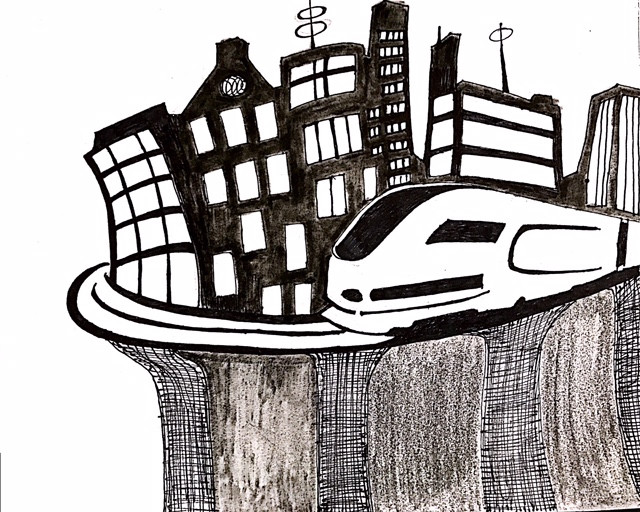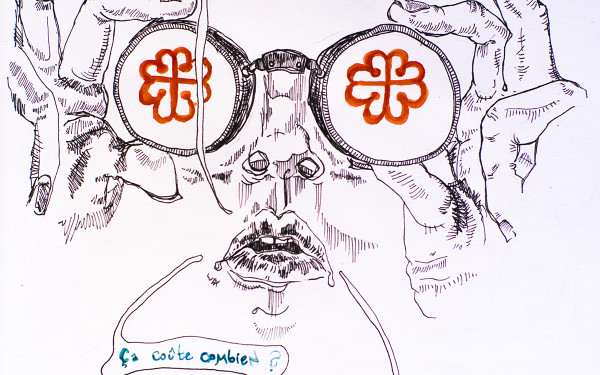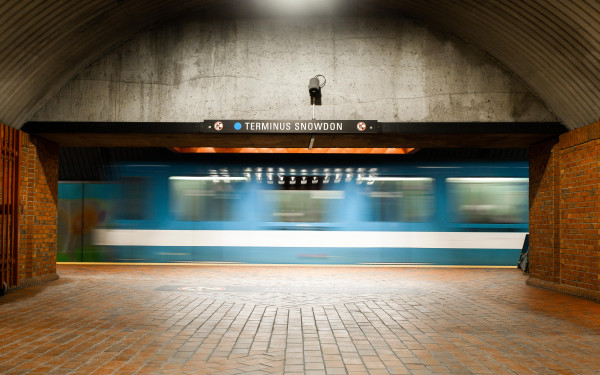Bring on the West Island Light Rail
Public Transport in the West Island Needs Improvement
Montreal’s public transportation has always been the talk of the town.
The only way to get around without having to worry about where to park your car in Montreal is bus, metro or on foot. Compared to other cities around the country, our public transportation is not the worst, but it isn’t the best, either. Especially if you’re someone coming from the West Island.
When you think of Montreal, you often forget about those living in the west. Often, people who work or study downtown live on the outskirts of the city. Whether they’re coming from Laval, far into the South Shore or the West Island, the hassle for those who have to get from the outskirts of the island to the core of Montreal has never been this substantial. The common mentality is that the most efficient way to get downtown is by train or bus. Efficiency is subjective here. Often, getting downtown will require over an hour of transit. By car, it’ll take half of that.
Last year, the Caisse de Dépôt announced they would be funding and building a new form of public transportation. By the year 2020, Montreal will have their very own light-rail network. The Réseau Électrique Métropolitaine—REM—will link the North and South Shores, and the West Island to the downtown core. This will also include the airport. The waiting times will be smaller than with the Agence métropolitaine de transport, and it will run on a 20-hour operation schedule, starting at 5 a.m.
If you aren’t in any rush, the AMT and the Société de transport de Montréal are rather pleasant. Their websites are made to appear like these services are the best thing that has ever happened to Montreal. The reality is quite the opposite of what it seems. Both AMT trains and STM busses are often overcrowded at rush hours. The bus system is better than the train system, but that is not saying much. Busses are often delayed and unreliable. Trains do not have frequenting times because Canadian Pacific owns the tracks they run on. CP uses the tracks more during the day than the AMT, thus making wait times and causing an increase in delays.
In 1985, Vancouver began operating their own version of the REM, which they called the Skytrain. To this day, there are 53 stations, three lines and 290 vehicles that services over 390,000 people a day on average. The train is fully automated and runs on its own grade-separated tracks. According to Graham R. Crampton, an economics professor from Reading, UK that studies urban development worldwide, the Skytrain is shaping urban growth of Vancouver.
The REM, like the Skytrain, will be fully automated and it will run on its own tracks. It will also be using existing tracks to complete the routes. The maximum travel time of the REM from the West Island to downtown, per the Caisse, is 40 minutes. In addition, for us West Islanders, the train will be hitting new areas of the West Island, including Pierrefonds.
In 2015, another system like the REM, the Addis Ababa Light Rail, was built in Ethiopia. The train links both urban and rural areas together, allowing for an equality among all riders. According to the Mail & Guardian Africa, authorities in Ethiopia hope that the light rail will make commuting easier for their population of nearly four million.
Like any new project, there are critics and people who oppose the REM. Environmental groups, such as Trainsparence, believe that the new train will be going through sensitive green spaces and that the Caisse is lying about how much it will really cost. The price tag of the REM right now is at $5.9 billion. This very well may be the case, however, other environment groups such as the David Suzuki Foundation and Équiterre endorse the project, and they say that the benefits of this project outweigh the negatives.
It is normal to fear something we do not know much about. Montreal is often hailed for its diversity and interesting neighbourhoods. But people often neglect to mention certain infrastructures that have been dysfunctional for a number of years. The city is constantly under construction, to the point where it has become the butt of jokes for frustrated Montrealers.
It is time for Montreal to re-invent itself. It is time for Montreal to follow the lead of other cities around the world. It is time for a new light-rail train.


_600_832_s.png)




